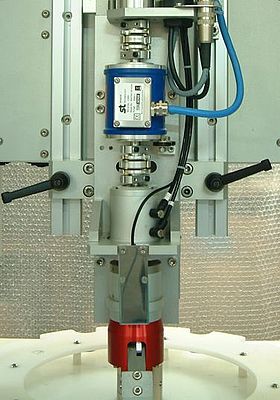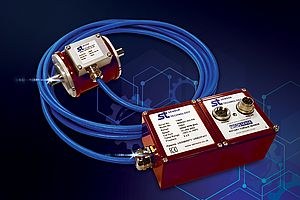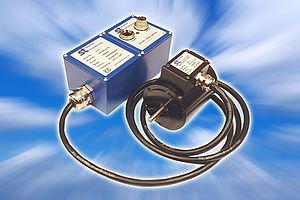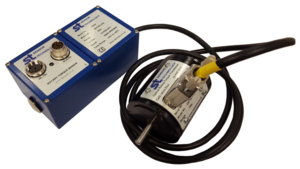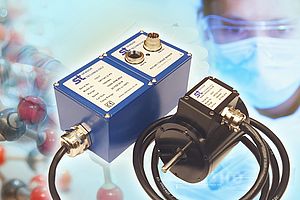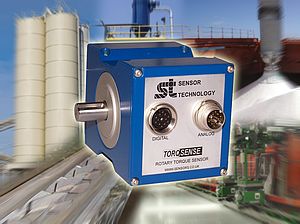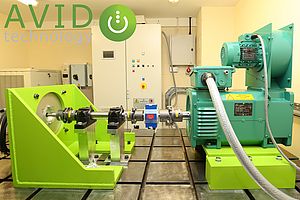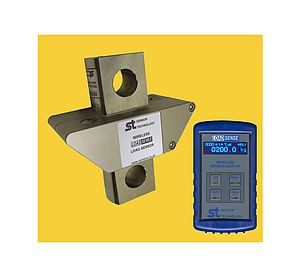When product integrity is paramount, packaging has a key role to play. It has to be secure enough for protection in all likely scenarios but has to be easy to open in possibly high-tension situations. When using diagnostic fluids on ill or nervous patients, hospital staff are likely to be feeling the stress and will not take kindly to bottle tops that proves difficult to open. However, they will want them to feel secure enough that they can be confident of the fluid’s sterility.
Specialist capping machines
To this end specialist capping machines have been developed by Cap Coder of Oxford, which not only tighten bottle caps within precisely defined tolerance but also log every detail of every bottle that is capped by one of their machines. And they have done it with a minimum of fuss, using an off-the-shelf technology and associated software.
“Our machines are essentially simple,” says Roger Brown of Cap Coder. “Filled bottles are presented to a torque head, which quickly screws on a cap. But the devil is in the details. A batch size is typically 10,000 bottles, which we have to cap at say one per second. Every cap has to be done up to the same torque, and we have to provide proof of this performance. Sterility has to be ensured – the machine may even be working in a high vacuum to ensure that no bacteria or other contaminants are present. Put all of this together and you end up with a need for a highly engineered machine.”
Need for traceability
As the need for traceability emerged, Cap Coder realised that it would have to develop a standard solution, which while not quite identical for every machine, would be based on the same technology deployed in the same way. And because exports are the lifeblood of such an OEM, flexibility to meet different counties’ standards had to be designed in from the outset. Even the largest bottle tops are not that big, so handling them at the speeds required can appear impossibly fiddly.
“Our philosophy is to have a simply machine design that avoids extraneous parts,” says Roger. “This lead us to the idea that we’d like the torque sensor to be wireless.”
TorqSense from Sensor Technology
Looking at torque sensors available on the market, one, TorqSense from Sensor Technology in nearby Banbury, stood out as meeting all criteria: simplicity, robustness, high speed and wireless. The company was contacted, and design meetings set up.
Mark Ingham of Sensor Technology takes up the story: “Basically we could use TorqSense ‘as is’ for this application; we just needed to work out mounting arrangements. Similarly, the associated software was ready to go after a bit of calibration and some front-end graphics.”
Key features and operations
The sensors that attracted the attention of Cap Coder depend for their operation on surface acoustic wave (SAW) transducers. These transducers comprise two thin metal electrodes, in the form of interlocking “fingers”, on a piezoelectric substrate such as quartz. When an RF signal of the correct frequency is applied to the transducer, surface acoustic waves are set up, and the transducer behaves as a resonant circuit. The key feature, however, is that if the substrate is deformed, the resonant frequency changes. When the transducer is attached to a motor drive shaft, the deformation of the substrate and hence the change in resonant frequency is related to the torque applied to the shaft. In other words, the transducer, in effect, becomes a frequency-dependent strain gauge. Since the transducers operate at radio frequencies, it is easy to couple signals to them wirelessly. Hence, TorqSense sensors that incorporate the SAW transducer technology can be used on rotating shafts and can provide data continuously without the need for the inherently unreliable brushes and slip rings that are often found in traditional torque measurement systems.
Cap Coder project
With the Cap Coder project, software was required to do two things: run the torque up to 10kgcm within tolerances of 10 percent, and record the actual value achieved. This secures the cap to the bottle at a level of tightness that will ensure security and sterility yet is at a level that can be opened relatively easily by an adult. The logged values are saved to a hard drive to provide a permanent record for traceability purposes.
Roger explains: “Diagnostic fluids are distributed widely, typically to every hospital in the country, where they may be stored for months before use. Tracing each bottle’s origin would be practically impossible without full records being automatically produced and saved to a central location. We found a solution to this complex but critical problem using an out of the box technology. And what amazes me is the diversity of other fields in which TorqSense is used – its really any machine with a rotating shaft.”


